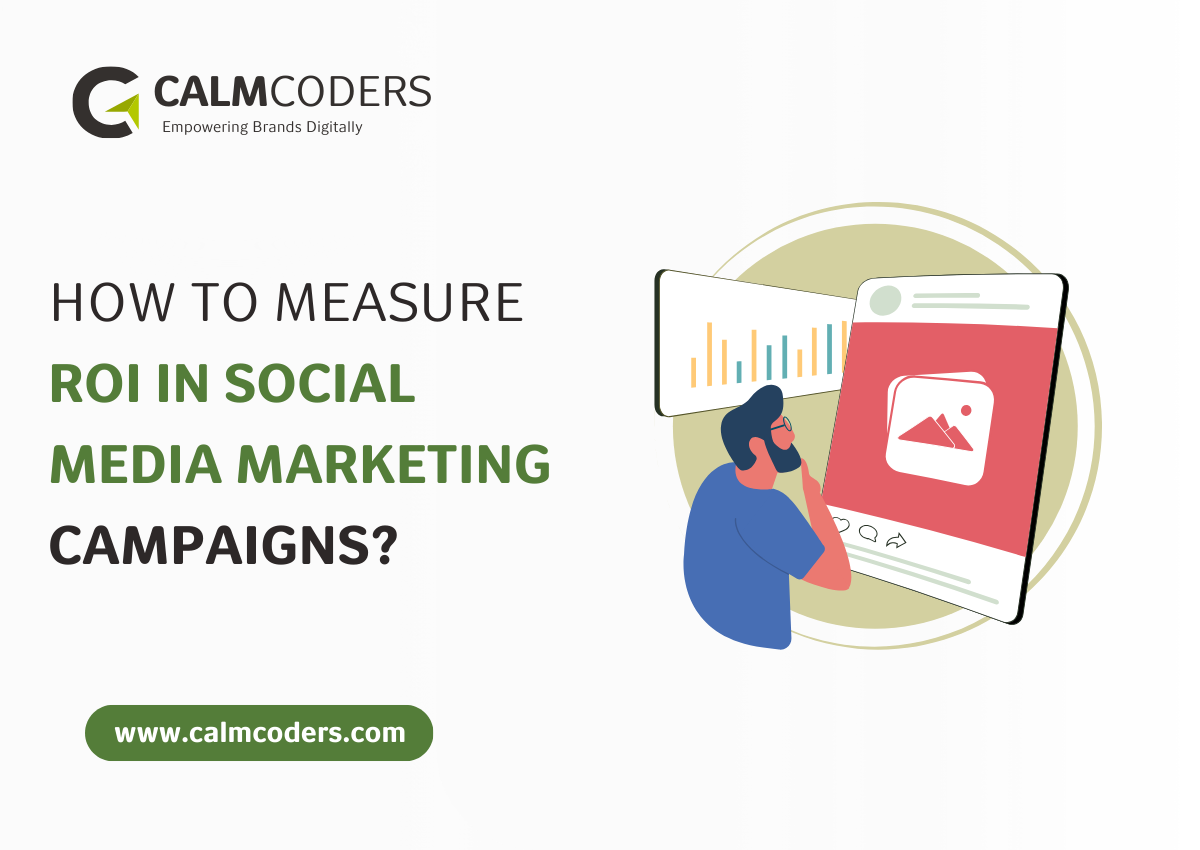Social media marketing is great, but if you’re not measuring ROI, you might be throwing money down the drain.
Measuring ROI (Return on Investment) in social media campaigns is crucial to understand if your efforts are paying off. But how do you track success beyond likes, shares, and comments?
In this guide, we’ll break down the step-by-step process to measure ROI in social media marketing like a pro!
What is Social Media ROI?
Social Media ROI refers to the value a business gains from its social media activities compared to the resources (time, money, and effort) invested.
The basic formula to calculate ROI is:
ROI (%) = [(Revenue – Investment) / Investment] × 100
But here’s the catch – revenue isn’t always the only metric that matters. Depending on your goals, social media ROI can also be measured in terms of engagement, brand awareness, lead generation, and customer retention.
Step 1: Set Clear Goals for Your Social Media Campaigns
Before you measure anything, you need to define what success looks like. Here are some common social media marketing goals:
- Increase brand awareness (Measured by reach, impressions, and brand mentions)
- Generate leads and conversions (Tracked through sign-ups, downloads, and sales)
- Improve customer engagement (Measured via comments, shares, and messages)
- Enhance customer support (Tracked through response time and query resolution)
Having a clear goal helps you track the right metrics.
Step 2: Track the Right Key Performance Indicators (KPIs)
Different goals require different KPIs. Here are some critical KPIs for social media ROI measurement:
1. Engagement Metrics:
- Likes, comments, and shares
- Click-through rate (CTR)
- Video watch time
2. Conversion Metrics:
- Website traffic from social media
- Lead form submissions
- Sales attributed to social channels
3. Brand Awareness Metrics:
- Impressions and reach
- Branded search volume
- Social media mentions
4. Customer Support Metrics:
- Response time
- Customer satisfaction score (CSAT)
- Resolution rate
Use analytics tools like Google Analytics, Facebook Insights, Instagram Analytics, and LinkedIn Analytics to track these KPIs.
Step 3: Use UTM Parameters to Track Social Media Traffic
Want to know exactly how much traffic and sales your social media efforts are generating?
Use UTM parameters – small tracking codes added to your URLs to monitor where visitors are coming from.
Example of a UTM link:
https://yourwebsite.com/?utm_source=facebook&utm_medium=social&utm_campaign=spring_saleTools like Google Analytics and Bit.ly help track these links efficiently.
Step 4: Assign a Monetary Value to Your Social Media Efforts
Now, let’s get serious about ROI measurement.
Assigning a dollar value to social media efforts can be done in various ways:
- Cost per Lead (CPL): If your average cost per lead from paid ads is $5, and social media brings in 100 organic leads, that’s $500 in value.
- Revenue per Conversion: If your conversion rate from social media is 2% and the average order value is $100, you can estimate revenue accordingly.
- Customer Lifetime Value (CLV): If a customer gained through social media spends $500 over time, that’s a major contribution to your ROI.
Use real data from your CRM, eCommerce platform, or customer analytics tools.
Step 5: Calculate Social Media ROI
Now, let’s apply the formula:
ROI (%) = [(Revenue from Social Media – Cost of Social Media) / Cost of Social Media] × 100
Example:
- Revenue from social media: $10,000
- Cost of social media (ads, content, tools, labor): $3,000
- ROI = [(10,000 – 3,000) / 3,000] × 100 = 233%
That means for every $1 invested, you’re getting $2.33 in return – a solid ROI!
Step 6: Optimize and Improve Your Social Media ROI
If your ROI isn’t where you want it to be, here’s how to improve it:
- Focus on high-performing content: Analyze which posts drive the most engagement and conversions.
- Improve audience targeting: Use insights to refine your target demographics.
- Leverage retargeting ads: Bring back visitors who didn’t convert the first time.
- Automate responses and customer interactions: Chatbots and AI tools save time and improve response rates.
- Test and tweak your strategy: Run A/B tests to see what works best.
Final Thoughts
Measuring ROI in social media marketing isn’t just about numbers; it’s about understanding what’s working and where you should invest more resources.
Start by defining your goals, track the right KPIs, use UTM tracking, assign values to your efforts, and continuously optimize.
By following these steps, you’ll be able to maximize your social media returns and make data-driven decisions for your marketing success.
Now it’s your turn!
What strategies have worked best for measuring your social media ROI? Drop a comment below!




